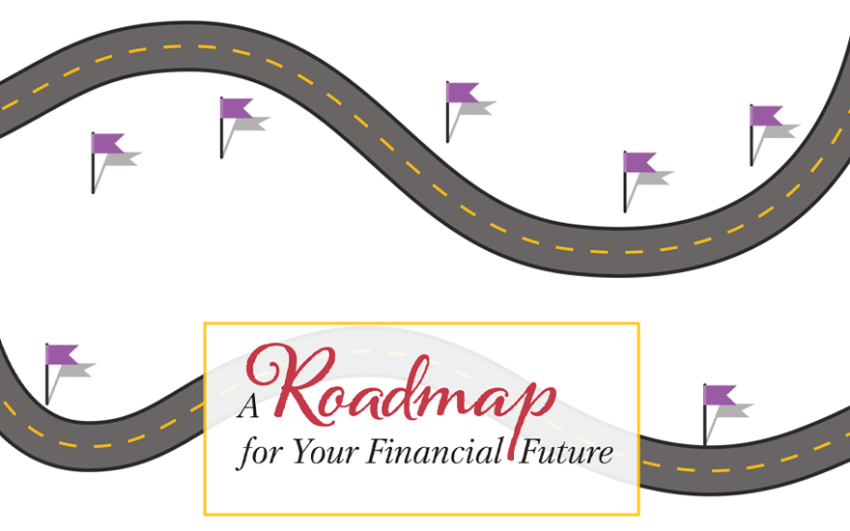Managing your finances can be overwhelming at times. Roads can be windy, and in times of uncertainty, they can be bumpy or dark. There are many vehicles and routes to take, and at times, you may find yourself at a fork or a dead end. A financial roadmap will assist you with prioritizing your goals and set a clear path for your financial destination. Here are some tips to help you navigate your financial journey:
Set Your Goals
Start by reviewing your 2021 finances to create a realistic budget and make appropriate adjustments for 2022. Then, identify and write down your financial goals for the year. Break each financial goal into several parts: short-term (< one year), medium-term (1–3 years), and long-term (5+ years). Be sure to consider your philanthropic goals as well!
Evaluate Your Life Changes
What has happened in the last year, and what do you anticipate happening in the next year? Marriage? Baby? Different job? New home? Or retirement? To accommodate life’s bigger events, you may need to modify your budget, spending, savings, or investments. Being prepared for these events can make “changing lanes” go smoother.
Check Your Credit
With identity theft on the rise, you should check your credit at least once a year to ensure its accuracy. You are entitled to one free copy of your credit report every 12 months from each of the three nationwide credit reporting companies. Visit annualcreditreport.com to find out more. And, if you see something wrong, take steps to have it corrected immediately!
Think about Your Debt Burden
Is it manageable? If your credit card debt has grown since last year, you are making the minimum payment or late with payments; you are most likely living beyond your means. Make paying off that debt the first stop on your journey!
Review (or Establish) Your Retirement Goals
Think about where you want to live in retirement and how you want to spend your time. If you have a 401(k) plan through your employer, review it and evaluate the investments to ensure they are performing appropriately for your age and retirement strategy. Consider unexpected expenses like the cost of home health care, an assisted living facility, or a nursing home.
Protect Your Assets
Your greatest asset is your income-earning ability. Do you have long-term disability insurance? Also, review your homeowner’s or renter’s, health, and car insurance to ensure you have enough coverage. Do others depend on you? If so, life insurance is essential. If you already have life insurance, be sure you have enough, and the beneficiary information is correct.
Prepare for the Unexpected
Do you have an emergency fund? Consider saving three to six months’ worth of living expenses in stable, low-risk accounts where money is easily accessible without excessive penalties.
If you don’t have an emergency fund, start one with a small percentage (3-5%) of your paycheck. Consider paying yourself first by saving through automatic payroll deduction so you are not tempted to spend this money elsewhere. And, if possible, skip one big expense this year and put that money into your emergency account. While you may find it easier to put off thinking about your financial health until sometime down the road, the earlier you begin managing your finances, the more secure your future can be. A financial roadmap, reviewed and updated regularly, will help ensure a safe, exciting journey with the time and resources to enjoy every minute.
This article is for informational purposes only, you should not construe any information provided as legal, tax, investment, or financial advice. No reader should make any investment decision without first consulting his or her own financial advisor and conducting his or her own research and due diligence.
Form TRN00028P; Rev. 12-2021


